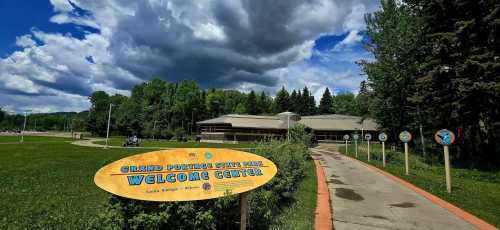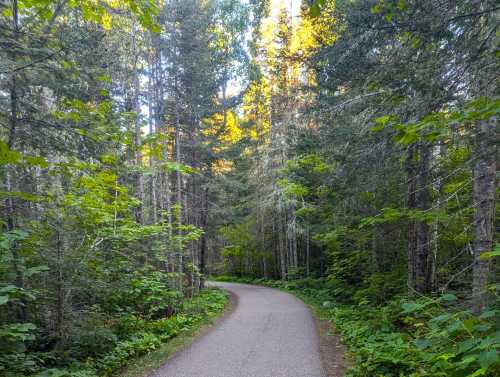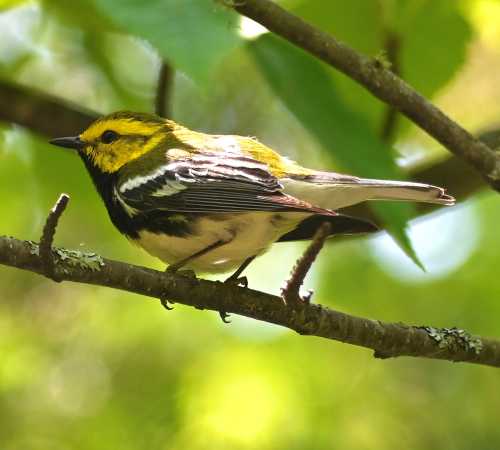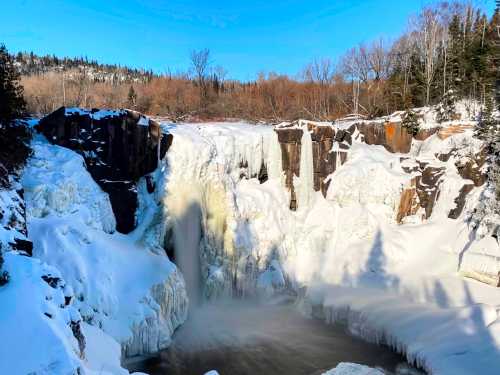For lovers of the outdoors in the Land of 10,000 Lakes, a paddling trip into the Boundary Waters Canoe Area Wilderness (BWCAW) - one of the largest wilderness areas in the Lower 48 - is often a goal, perhaps as a rite of passage, an annual event, or the trip of lifetime. So, I thought I'd offer a little inspiration and share my favorite itinerary (so far!) for a Minnesota Boundary Waters adventure with you. It's short enough that, with a little extra effort, you could do it in a few days but also long enough to allow you to linger and explore for a week or more. Although, by Boundary Waters standards, this itinerary can't be considered "off the beaten path," it's not one of the most crowded routes, either. I hope, as you read, you'll find some ideas for planning your own BWCAW adventure.


Nina Moose Lake is a great spot to plan to camp on your first night if you can get the permit.
On a relaxed journey, this is where you'd camp for the second night.
If you're short on time, find a spot here for your first night. It's a bigger lake than Nina Moose, so take some time to explore the shoreline. There are several campsites and points of interest on Lake Agnes.
From Lake Agnes, you'll portage onto the much larger Lac La Croix, a border lake that shares its waters with Canada.
It's where you'll find one of the largest collections of pictographs - native paintings on cliff faces - in the Boundary Waters.
The pictographs are on the Canadian side of a narrows in the lake, on a spot of land called Irving Island, near BWCA campsites 169 and 170. If you paddled/portaged directly from Entry Point 16 to the pictographs, you would have covered about 15 miles.
Find a spot to camp on Lac La Croix for your second or third night.
From here, you can return from whence you came or keep going.
Press deeper into the Boundary Waters toward Iron and Crooked Lakes, where you'll portage around beautiful Curtain Falls.

All excursions into the Boundary Waters require permits, which you can obtain through Recreation.gov. Between May and October, the permits are available on a quota system based on your planned activity, e.g., paddling, your entry point, and your route. During the rest of the year, permits are required, but the quota is relaxed. While I've offered an overview of a route, you'll want to dig in with more detail, including the specific campsites you're interested in and how long your trip will be, before you apply for a permit. There are folks at REI who can help outfit you and, at Minnesota locations, assist with planning your trip. You can also work with a local outfitter or visit any Superior National Forest ranger station for assistance.
Are you planning a Minnesota Boundary Waters adventure? Is it your first or are you a veteran? Please share any tips or advice you may have for others in the comments.
Subscribe to our newsletter
Get the latest updates and news
Thank you for subscribing!




























